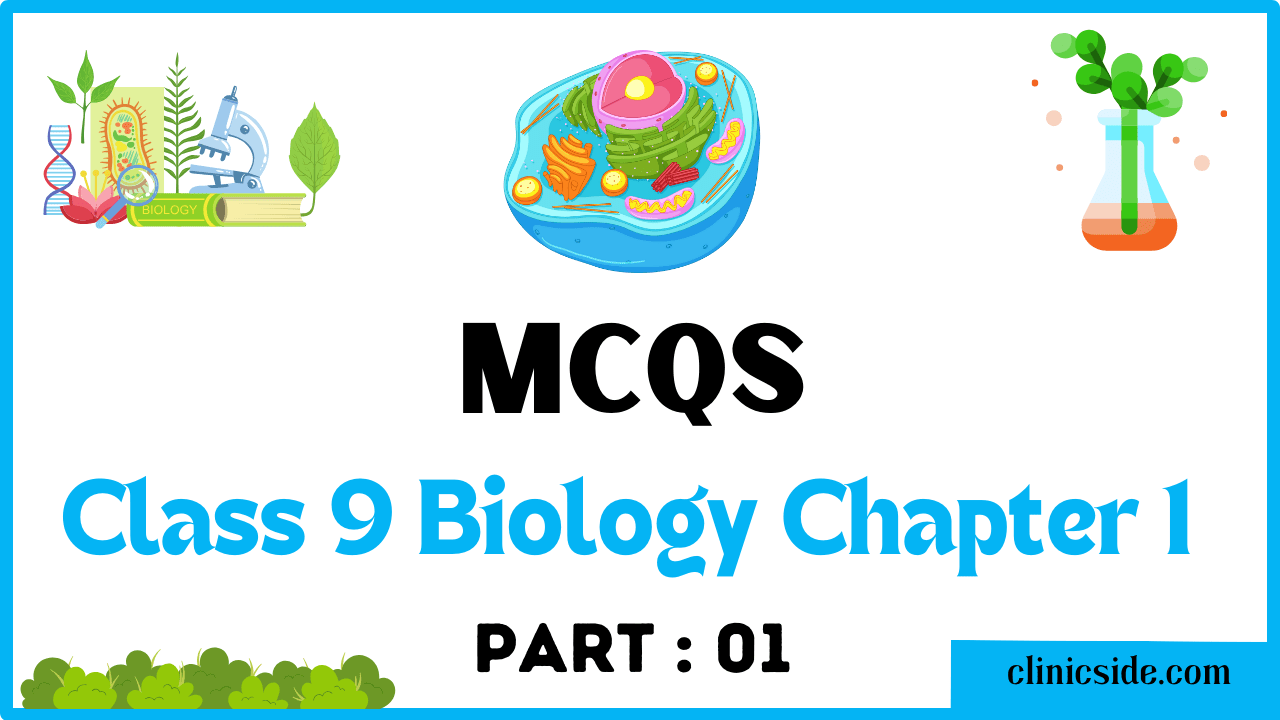Quiz
Available options: 1 to 20
Pre-quiz Discussion: Steps involve in Solving a Biological Problem:
Science and the Biological Method:
Science is about organizing knowledge from observations and experiments. Scientists, like chemists and biologists, use a method to make and test theories. In this chapter, we'll look at the steps of the biological method using the example of malaria.
The Biological Method:
This method helps scientists solve problems related to living things. It's been used for nearly 500 years and has advanced fields like medicine and ecology. It also ensures that data are reliable.
Early Humans as Biologists:
In the past, humans needed to understand animals and plants to survive. They observed and learned about their habits, like what's safe to eat.
Steps in Biological Problem-Solving:
Recognition of the Biological Problem:
Recognition of a Biological Problem: Scientists start when they notice a question about living things.
Problem: People have been getting sick with a disease called malaria, especially in low, marshy areas. The cause of malaria is not known.
Observations:
They use their senses to gather information. Some observations can be measured with numbers, making them more accurate.
Observations: Scientists observed several things related to malaria.
People who slept outdoors in marshy areas were more likely to get malaria.
Individuals who rested under finely woven nets had a reduced risk of contracting malaria, while those who slept in proximity to a smoky fire typically remained free from the disease.
Hypothesis:
Scientists make educated guesses (hypotheses) about the problem.
Hypothesis: Scientists proposed a hypothesis based on their observations.
Hypothesis: Mosquitoes transmit a microorganism (Plasmodium) and are involved in the spread of malaria.
Deductions:
They figure out what should happen if their guess is correct.
Deductions: From this hypothesis, they made a logical deduction:
Deduction: If mosquitoes are involved in spreading malaria, then Plasmodium should be present in mosquitoes.
Experimentation:
Scientists do experiments to check if their guess is right. They find out which guess is correct and which is not.
Experimentation: Scientists conducted experiments to test their hypothesis.
They allowed mosquitoes to bite malaria patients and examined the mosquitoes.
They found Plasmodium multiplying in the mosquitoes' stomachs.
Summarization of Results:
They organize the information in tables or graphs to understand it better.
Summarization of Results: Scientists collected data from their experiments and created tables and records of what they found.
Reporting the Results:
Scientists share their findings in journals, books, and meetings so others can learn and test the information.
Scientists shared their findings through scientific journals, books, and meetings. They informed others about their discoveries.
Control in Experiments:
In experiments, there's usually a control group and an experimental group. They're treated the same, except for one thing being tested. This helps scientists figure out what's causing a certain effect.
Theory, Law, and Principle:
A theory is a well-supported hypothesis that stands up to many experiments. If it's very reliable, it becomes a law or principle. Scientific laws are constant facts.
Data Organization and Analysis:
Scientists collect and organize data, and they use statistics (like ratios) to analyze the information. This helps them understand and prove or disprove their ideas.
In this case, the biological problem was understanding the cause of malaria. The hypothesis was that Plasmodium, a microorganism, was responsible for the disease, and this was tested through experiments on mosquitoes and humans. The experiments confirmed that mosquitoes transmit Plasmodium and spread malaria.
Test Guidelines and Time Limit:
Guidelines for Maximizing Your Quiz Experience:
Time Management:
If you choose to answer ten questions, the countdown timer will display 7.5 minutes. It's essential to maintain a steady pace throughout the quiz, ensuring you allocate an appropriate amount of time to each question.
By managing your time efficiently, you can increase your likelihood of completing the quiz and submitting your answers within the given time frame. Best of luck!






